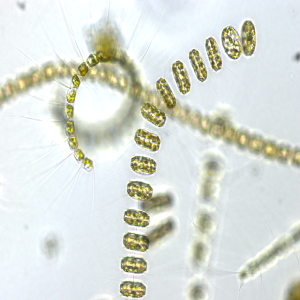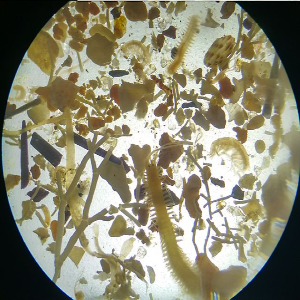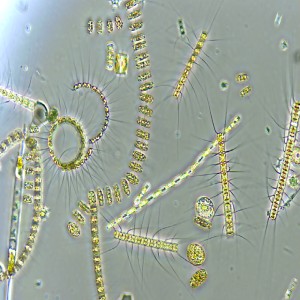The success in the short-distance communication for mating does not depend on chemical signals in the crustacean decapod Procambarus clarkii (Girard, 1852)
Mating behaviour in the red swamp crayfish

Accepted: 3 December 2019
All claims expressed in this article are solely those of the authors and do not necessarily represent those of their affiliated organizations, or those of the publisher, the editors and the reviewers. Any product that may be evaluated in this article or claim that may be made by its manufacturer is not guaranteed or endorsed by the publisher.
Pheromone-driven sex recognition has been widely documented in crayfish and a great deal of evidence supports the involvement of pheromones in their mating behaviour. This study investigates whether sexual interaction and mating success in the red swamp crayfish Procambarus clarkii are dependent on short-distance chemical communication between sexes, mediated by urine-borne pheromones. We compared the mating behaviour of intact animals that could release urine to chemically communicate in a natural way with that of urine-blocked animal pairs, for which chemical communication was precluded. Our results show that urine-borne pheromones are not critical for the reproductive success of P. clarkii, at least over the short-range distance (<1 m) considered in this study, during which the animals were confined in a restricted tank, facing one each other, and thus able to promptly mate. Under these experimental conditions, a lack of urine release neither precluded the occurrence, nor affected the duration of the different phases of mating behaviour. We conclude that short-distance chemical communication in P. clarkii is not a prerequisite for mating, and suggest that it could be affected by alternative sensory modalities, likely vision and/or acoustic signalling.
PAGEPress has chosen to apply the Creative Commons Attribution NonCommercial 4.0 International License (CC BY-NC 4.0) to all manuscripts to be published.



 https://doi.org/10.4081/aiol.2019.8617
https://doi.org/10.4081/aiol.2019.8617







